Found the promised land
Over the past decades, pangasius farming for export has become a rapidly growing industry in the western provinces of our country. To raise pangasius, people, companies, and corporations in this industry need a large source of fingerlings.
Over the years, some companies in the West have successfully applied the method of forcing pangasius to lay eggs and successfully hatching pangasius fry. From small pangasius with the size of a grain of flour, they must go through the initial rearing stage to become baby pangasius, then released into ponds and lakes to be raised into meat pangasius.
The process of raising pangasius fry into juveniles requires extremely high standards of environment, ponds, water sources, and climate. In the process of searching for places to raise pangasius fry, those who make a living from this profession have discovered great potential in Tay Ninh .
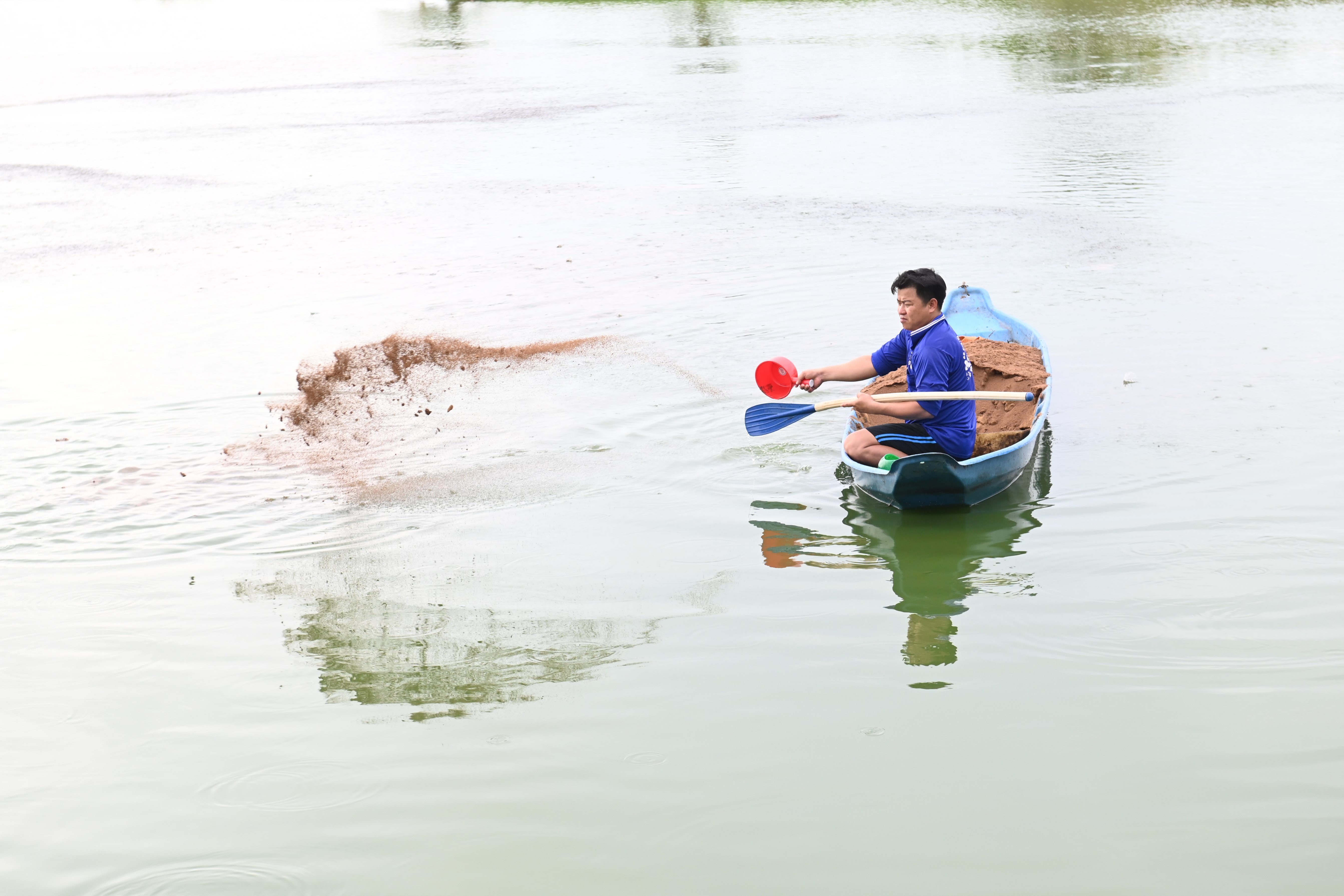
Mr. Nguyen Van Hiep, residing in Tien Giang province, is one of the people with many years of experience in the profession of raising catfish fry in the West. He used to raise this tiny fish in many ponds in Tien Giang and many provinces in the Mekong Delta. However, in recent years, due to many objective and subjective reasons, the water source in the West has been contaminated with alum, salt, and pesticides, affecting the profession of raising catfish fry.
In the process of searching for new land for the profession of raising pangasius fry, this Tien Giang farmer accidentally saw that in Tay Ninh there were many ponds and lakes along both sides of the internal canals. These ponds and lakes can lead water from the irrigation canal system of Dau Tieng Lake to raise fish and easily discharge water through the drainage canal system, creating a one-way water source, causing less disease for fish. With many years of experience in the profession, Mr. Hiep immediately realized that this place was the "kingdom" of the profession of raising pangasius fry.
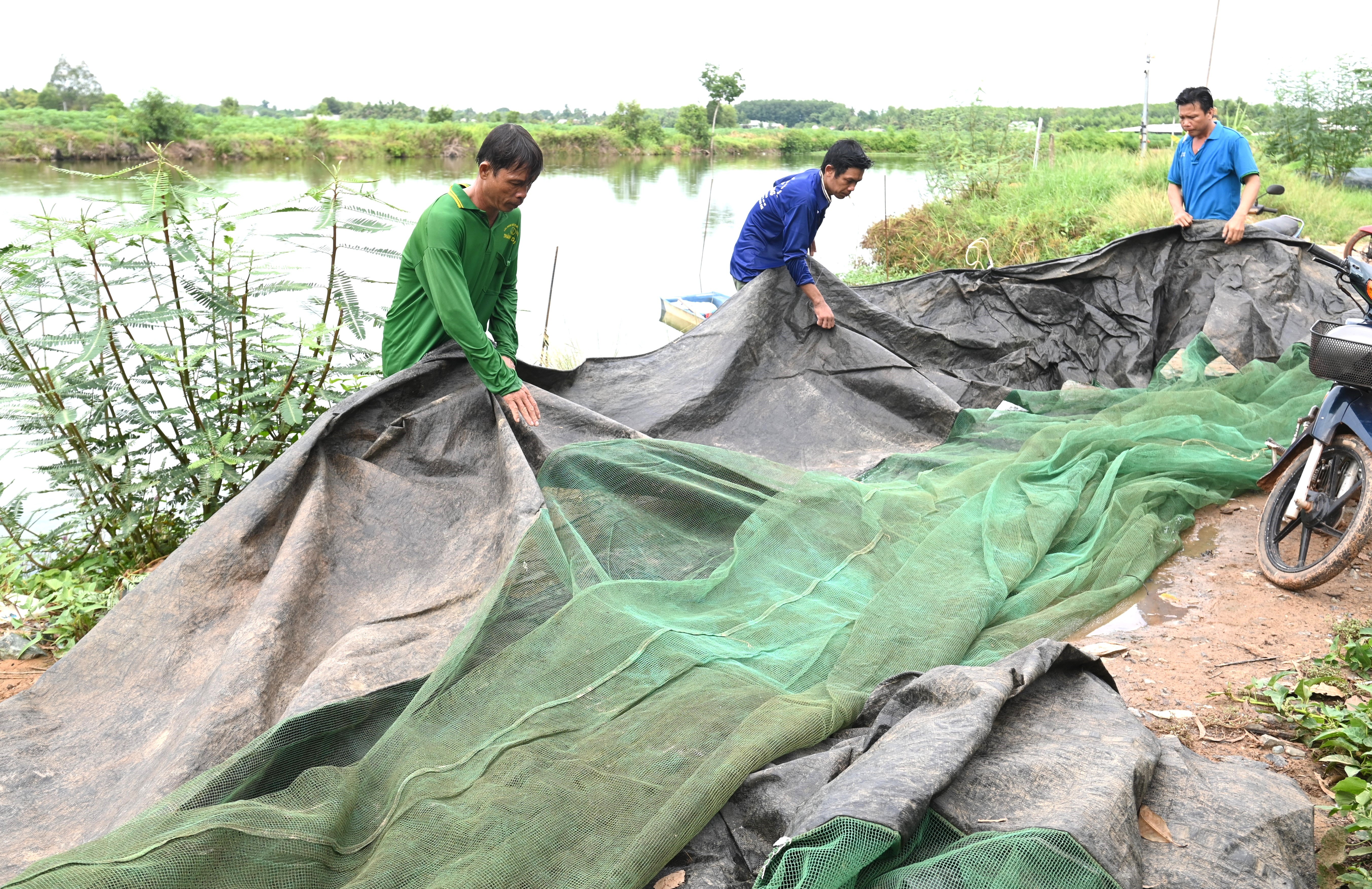
So, in 2023, Mr. Hiep decided to rent a few ponds, along the canal in Tan Phong commune, Tan Bien district, and started buying fish fry from the Fish Breeding Center in Hong Ngu district, Dong Thap province to try raising them. Mr. Hiep said: “To raise this type of fish, we first have to drain the water in the pond, rent a Kobe truck to dredge the bottom of the pond, build a solid and high dike system around the pond. Then, spread lime powder on the bottom of the pond to disinfect and remove alum, add water to the pond, wait a few more days for the water to stabilize, then release the fry to raise.”
After the first successful batch of fish, the farmer from Tien Giang boldly rented 4 more ponds to increase the farming area to a larger scale. On the morning of May 22, when we visited Mr. Hiep's pangasius fry farming area, we saw a worker rowing a boat full of feed to the middle of the pond to feed the fish. From under the water, millions of small pangasius fish the size of a little finger swam up to catch the bait, covering the entire surface of the pond.
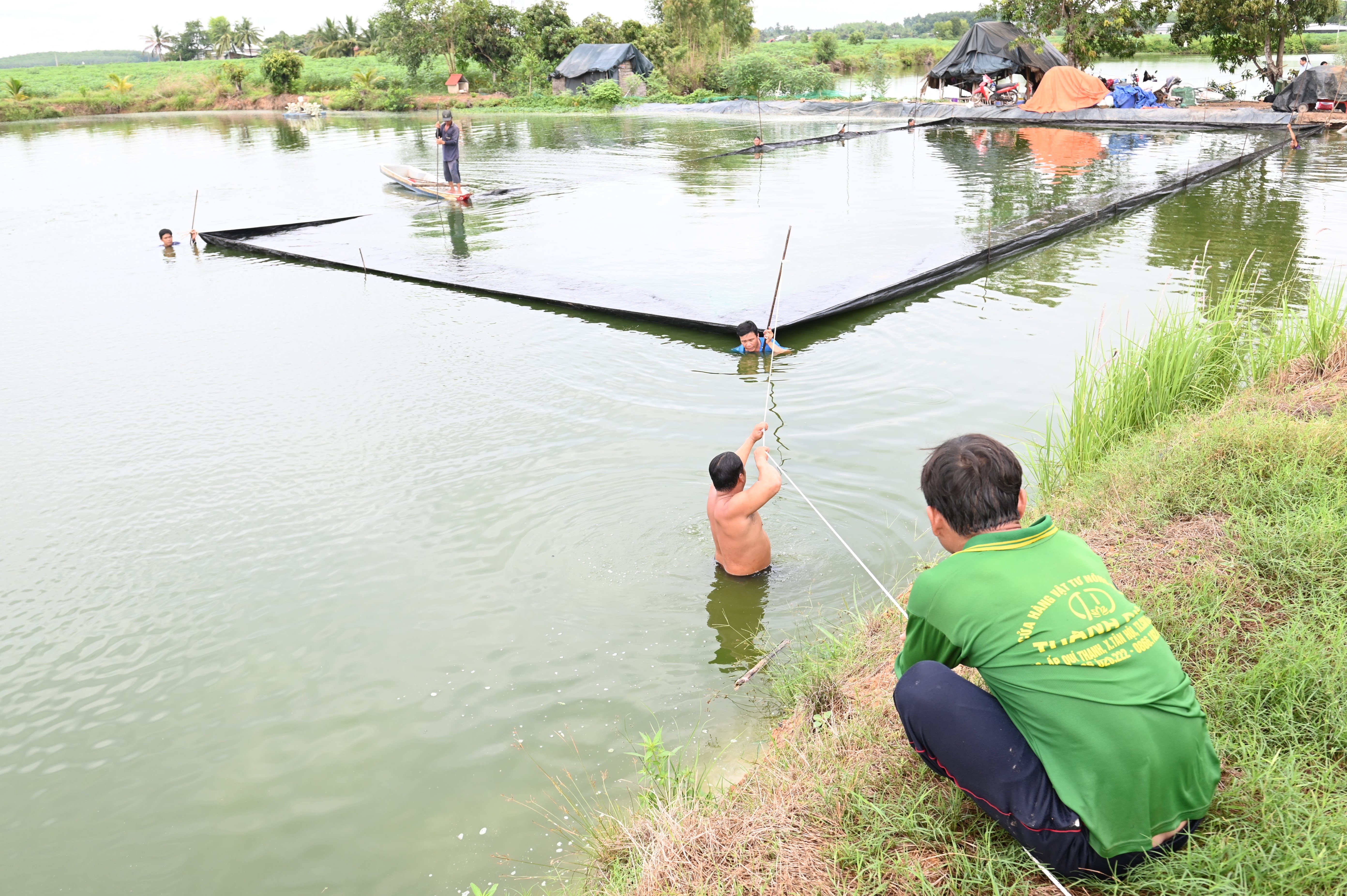
A few hundred meters away, in another pond, six men are submerged in the pond, driving stakes, setting up nets, preparing to collect the fish raised in the pond and put them in the nets, waiting for traders to come and buy them. The traders will transport these young fish to the Western provinces to sell to households and companies that specialize in raising catfish for meat.
At this time, the fish in the pond are the size of an adult's thumb or big toe. Mr. Hiep said that after raising the fry for 1.5 - 2 months, they are scooped up and sold to traders. At this time, they number from 300 - 500 fish/kg. Depending on the market price, the baby catfish can be sold for between 55,000 - 60,000 VND/kg.
Mr. Hiep shared: “Each pond has an average water surface of 1 hectare, each harvest he sells from 15-20 tons of baby catfish/pond. Depending on the time, like now the market price is stable, the brothers in the profession can also make a living. When the market price is low, it is considered a profit.”
Untapped potential
Currently, Mr. Hiep plans to rent some more ponds to expand the aquaculture industry. In addition to raising fish fry, he can also raise other species such as tilapia and catfish fry to sell to other provinces. Mr. Hiep said: "Currently, in Chau Thanh district, there is a pond of up to 7 hectares. We recently went there to check it out, planning to rent this pond to raise fish fry, but due to some legal regulations, we have not been able to sign a contract yet."
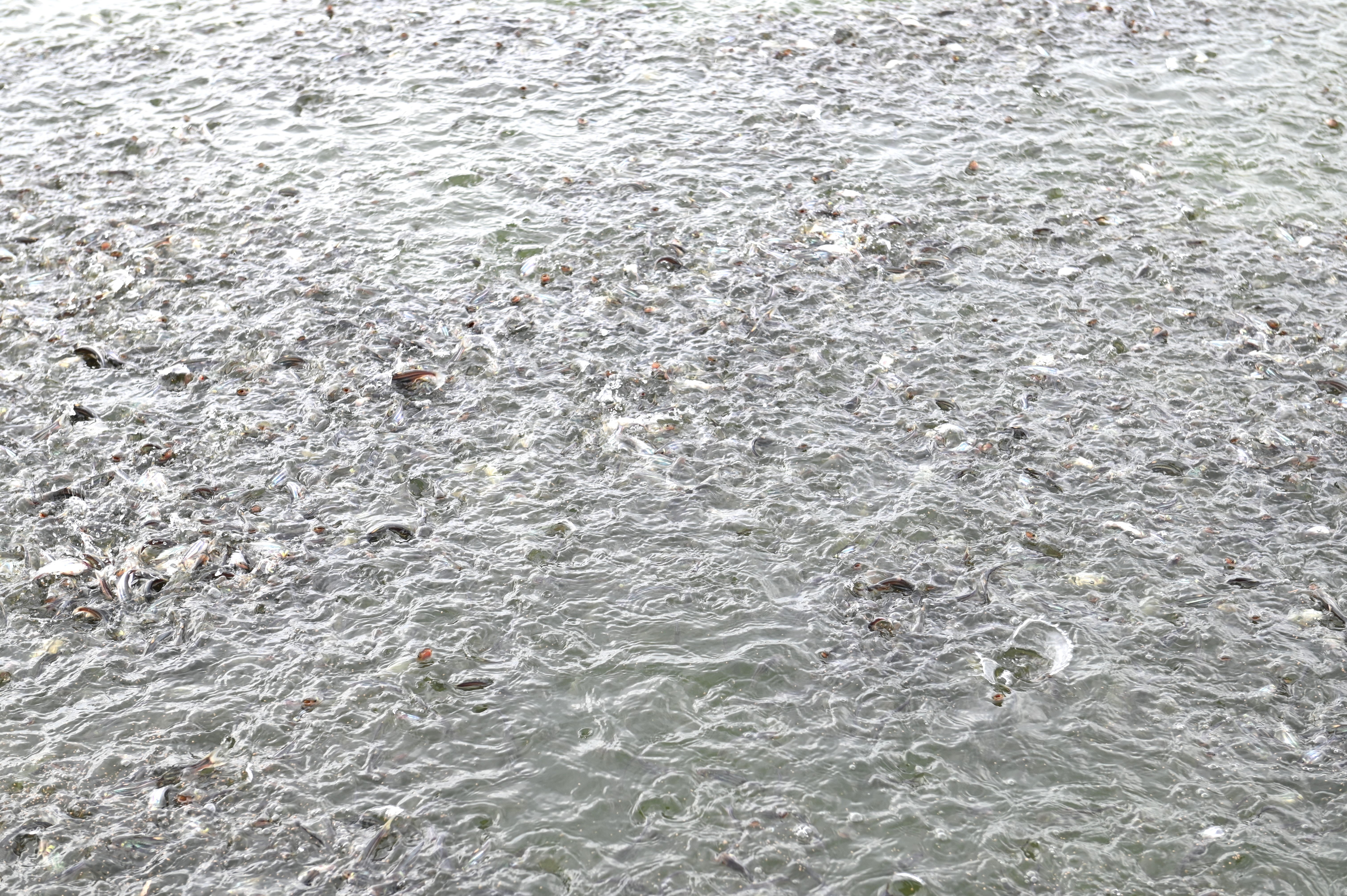
According to Mr. Hiep, currently, in Tay Ninh province, there are still many ponds and lakes that have not been renovated for fish farming. Mr. Hiep hopes that the local government will create favorable conditions to promote the potential and advantages of ponds and lakes, and the water source of Dau Tieng Lake, so that many people can participate in fish farming. From there, the aquaculture industry will be developed, contributing to creating jobs for people and improving the local economy.
Mr. Dang The Phuong - Vice Chairman of Tan Phong Commune Farmers' Association said that the model of raising catfish fry in Tan Phong commune has only appeared in the last 5 years. At first, there was only one person raising this fish in a pond area of about 2 hectares. After the raising process, the farmer realized that the environment here is stable for fish farming, so he cooperated with an aquatic engineer from Ho Chi Minh City to expand this model. Currently, in Tan Phong commune alone, there are about 7 households raising catfish fry. In reality, this fish farming meets the needs of people's family economic development.
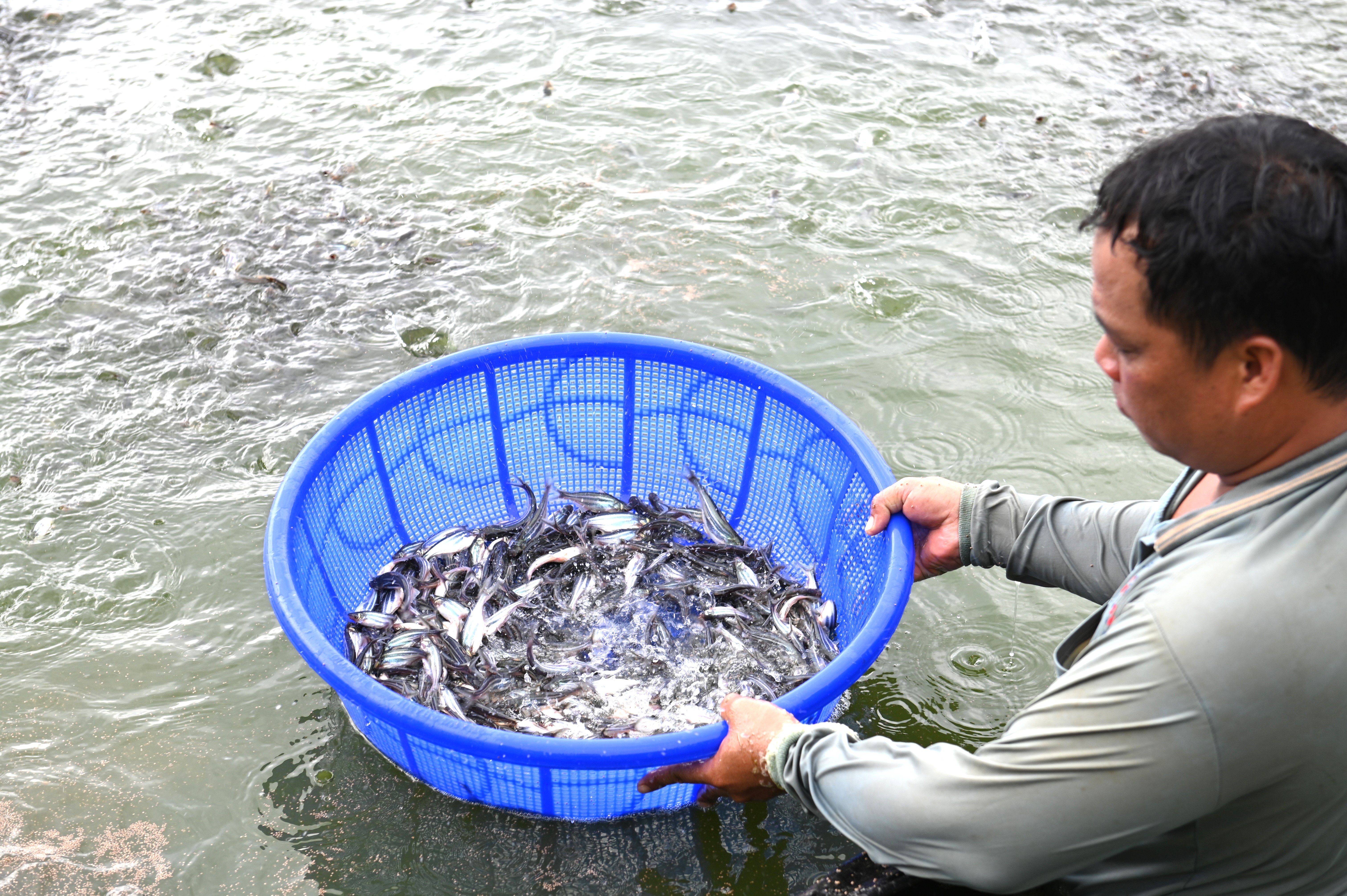
In the role of the Commune Farmers' Association, Mr. Phuong realized that Tan Phong commune has the main Tan Hung canal flowing through, creating conditions to provide clean water for the farming of catfish fry. The weather and climate in Tay Ninh is warm, stable, with low rainfall, which does not affect the aquaculture industry. Tay Ninh land is less contaminated with alum compared to the Western provinces, so fish farming here is always highly effective. In the past, Tan Phong Commune People's Committee has created favorable conditions for those who want to raise catfish fry and some types of meat fish, surveying all ponds and lakes in the commune to develop the aquaculture industry.
In Tay Ninh province, there are currently two main canals, the East and the West. From these two main canals, hundreds of other secondary canals lead to water from the Dau Tieng - Phuoc Hoa irrigation project to supply rice fields and daily life in some provinces and cities in the region.
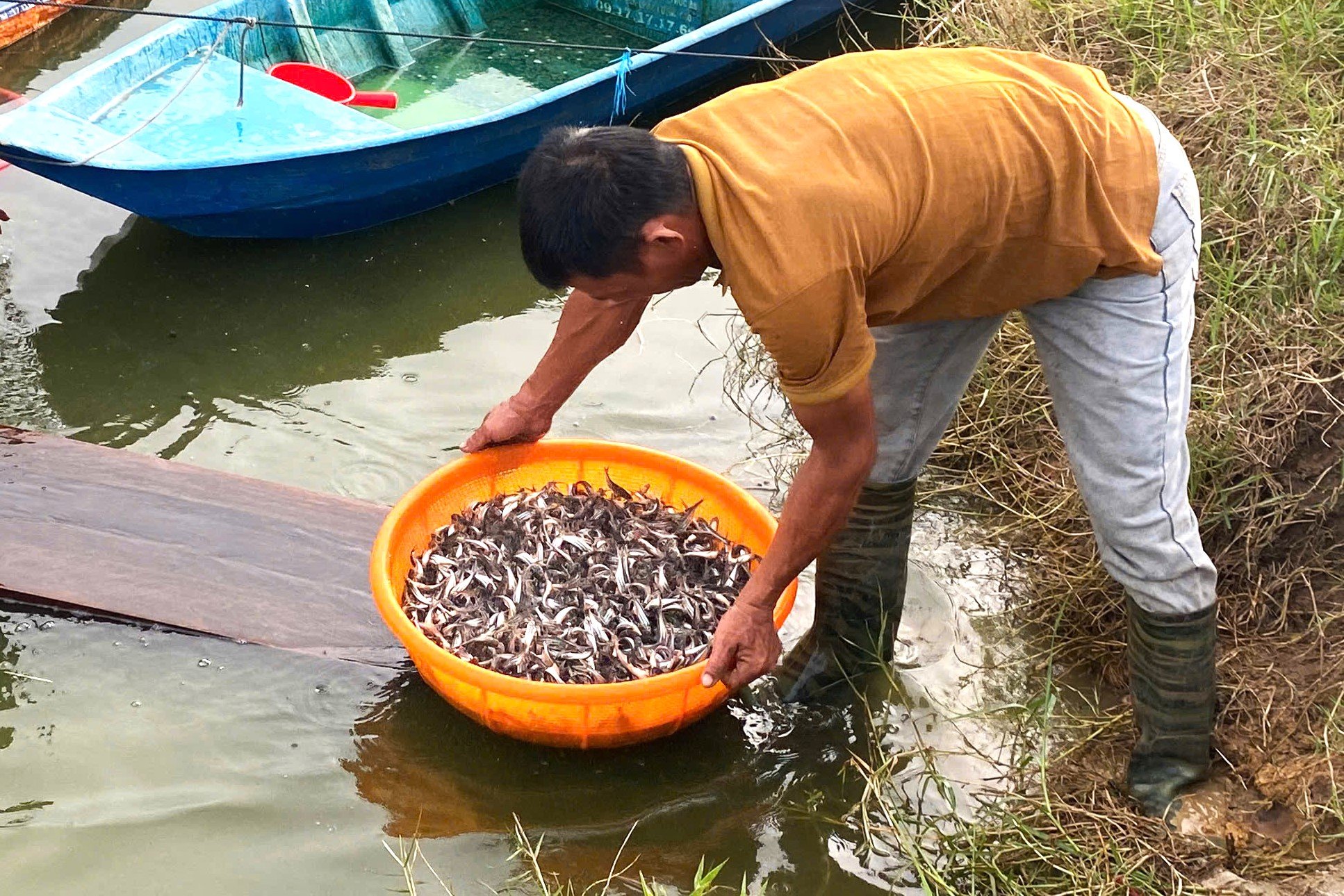
Along the main and secondary canals, there are countless ponds and lakes formed by the process of filling the canal banks with soil. Over the past decades, many of these artificial ponds and lakes have been used to raise fish, raise ducks or grow water mimosa, lotus, and water lilies. However, there are still many abandoned ponds and lakes that have not been invested in or fully exploited.
Meanwhile, the climate, soil and especially the clean, abundant water source from Dau Tieng Lake are very good conditions for aquaculture development. If this potential and advantage are exploited to the maximum, it may be suitable for the industry of raising catfish fry and some other aquatic species, contributing significantly to the development of the agricultural economy for Tay Ninh.
Ocean – Quoc Son
Source: https://baotayninh.vn/tiem-nang-nuoi-trong-thuy-san-o-tay-ninh-a190548.html



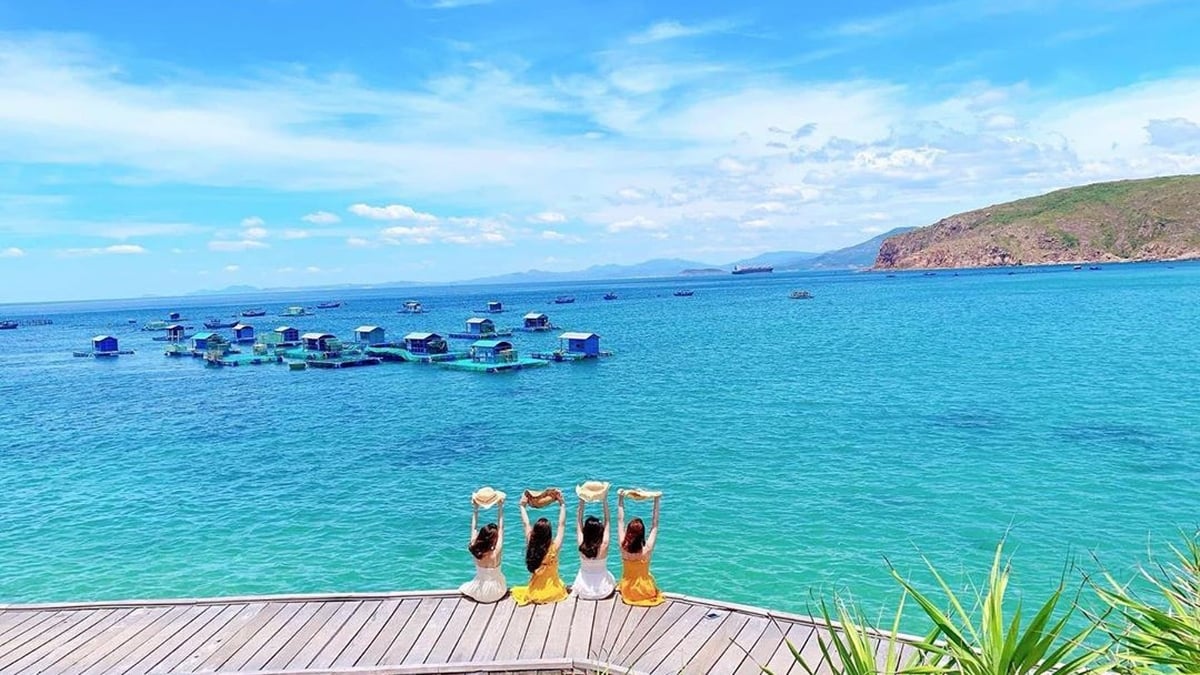

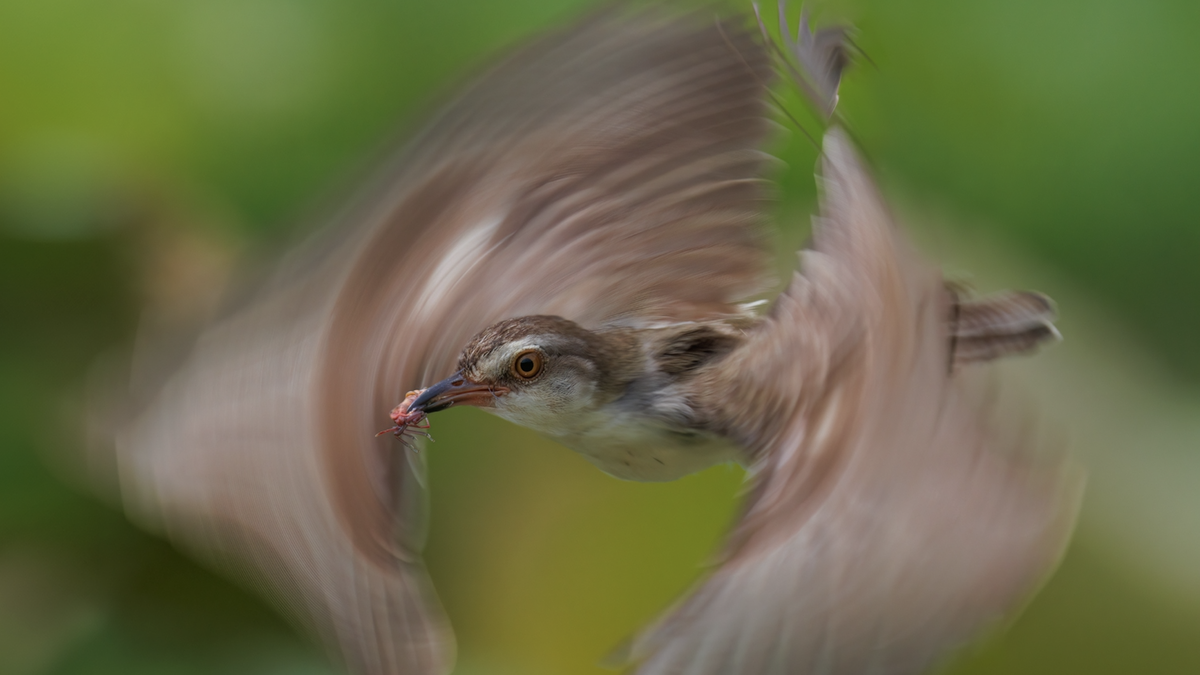
![[Photo] Pink ball and table tennis](https://vphoto.vietnam.vn/thumb/1200x675/vietnam/resource/IMAGE/2025/5/26/d9f770bdfda243eca9806ea3d42ab69b)

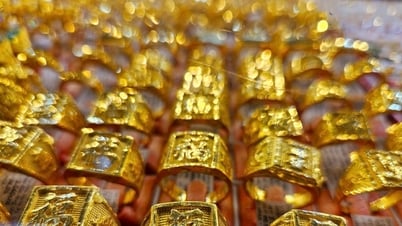

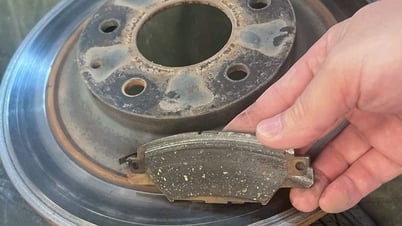



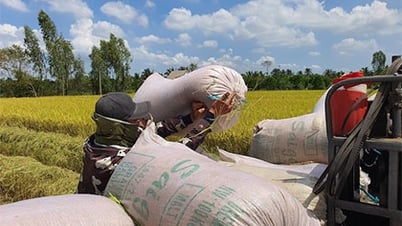

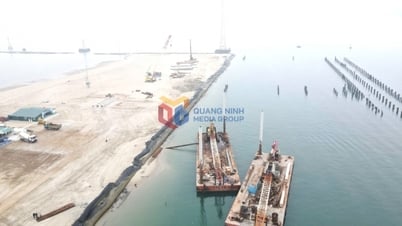

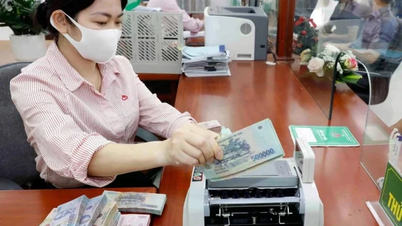





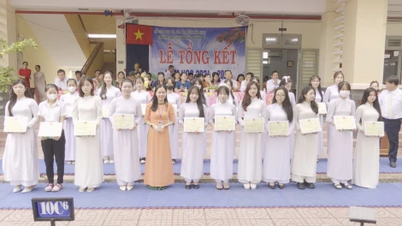
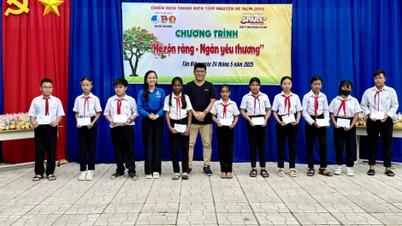


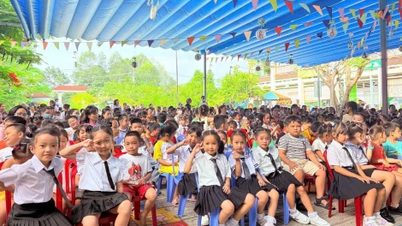
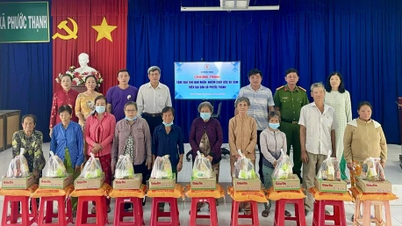

![[Photo] Official welcoming ceremony for French President Emmanuel Macron and his wife on a state visit to Vietnam](https://vphoto.vietnam.vn/thumb/1200x675/vietnam/resource/IMAGE/2025/5/26/a830702ef72f455e8161b199fcefc24d)
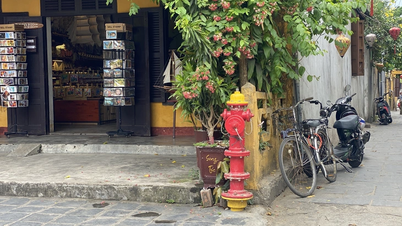

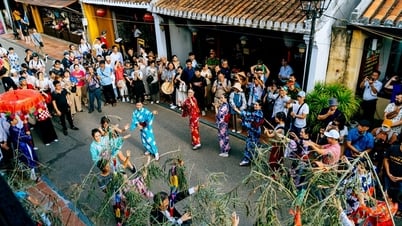








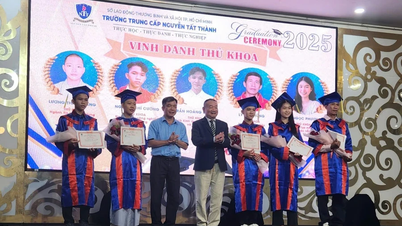









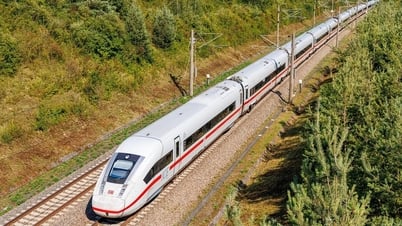

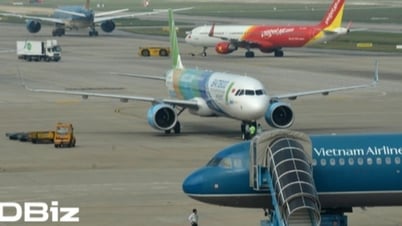
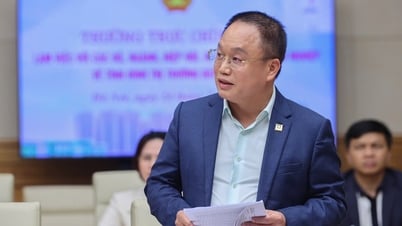


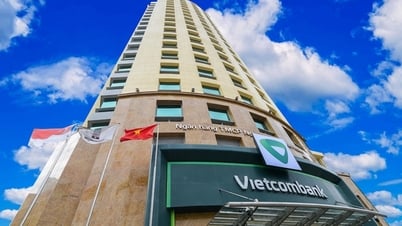





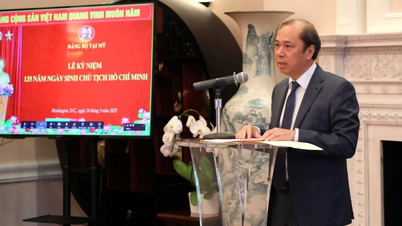
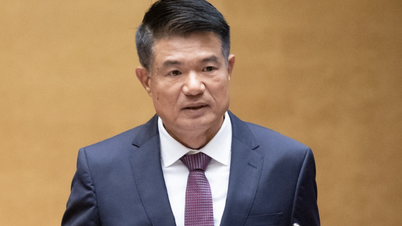

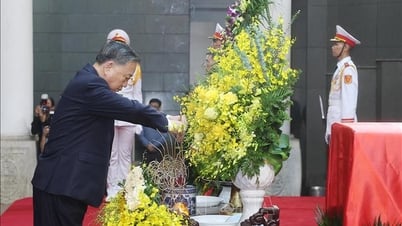

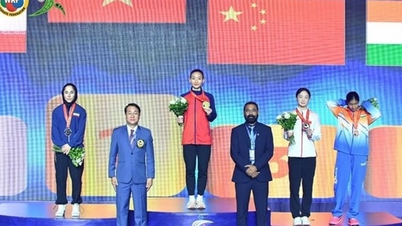





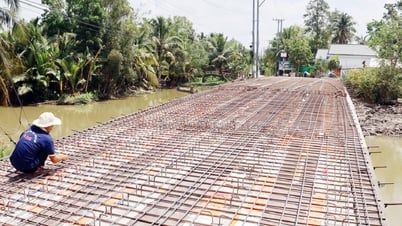
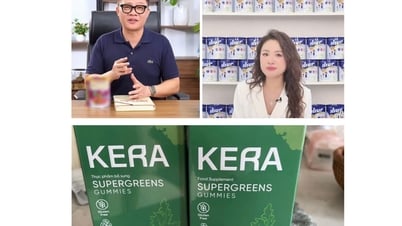


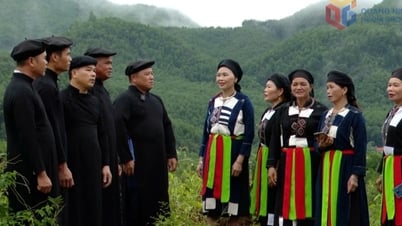


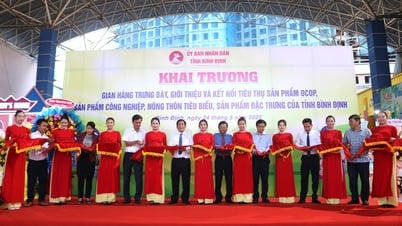

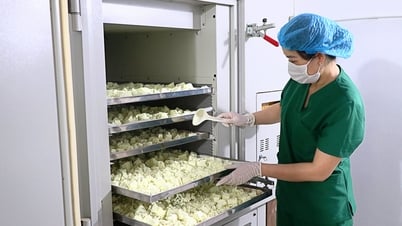









Comment (0)